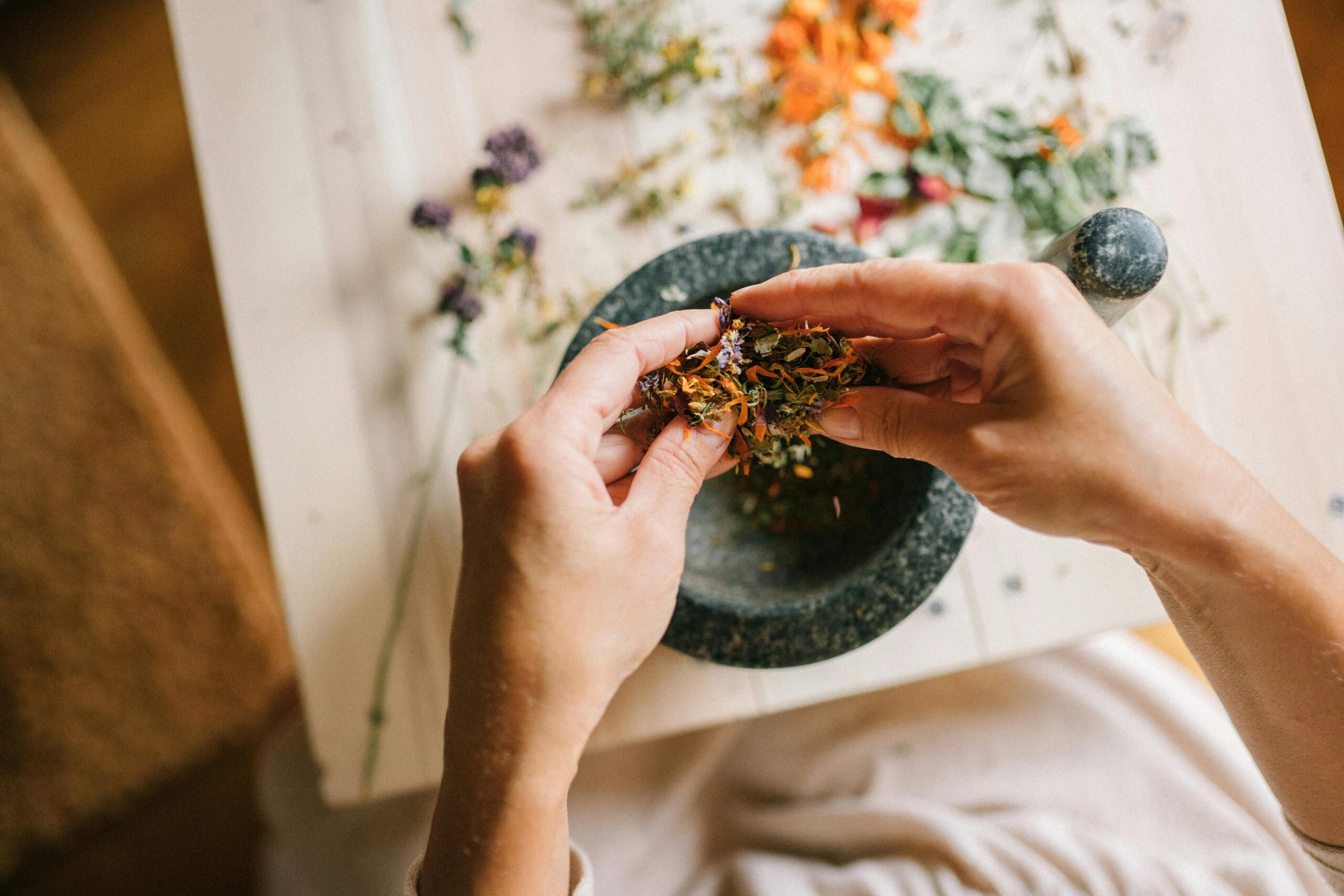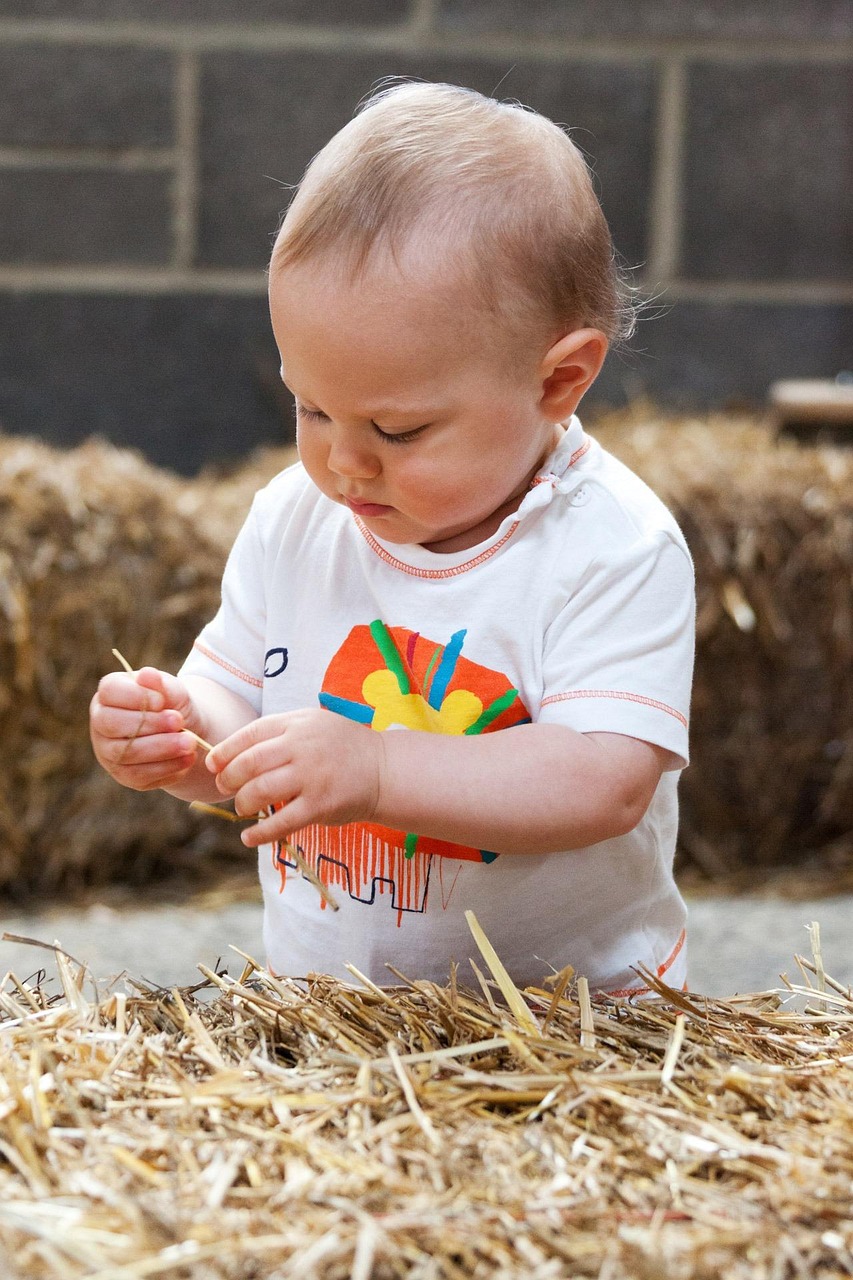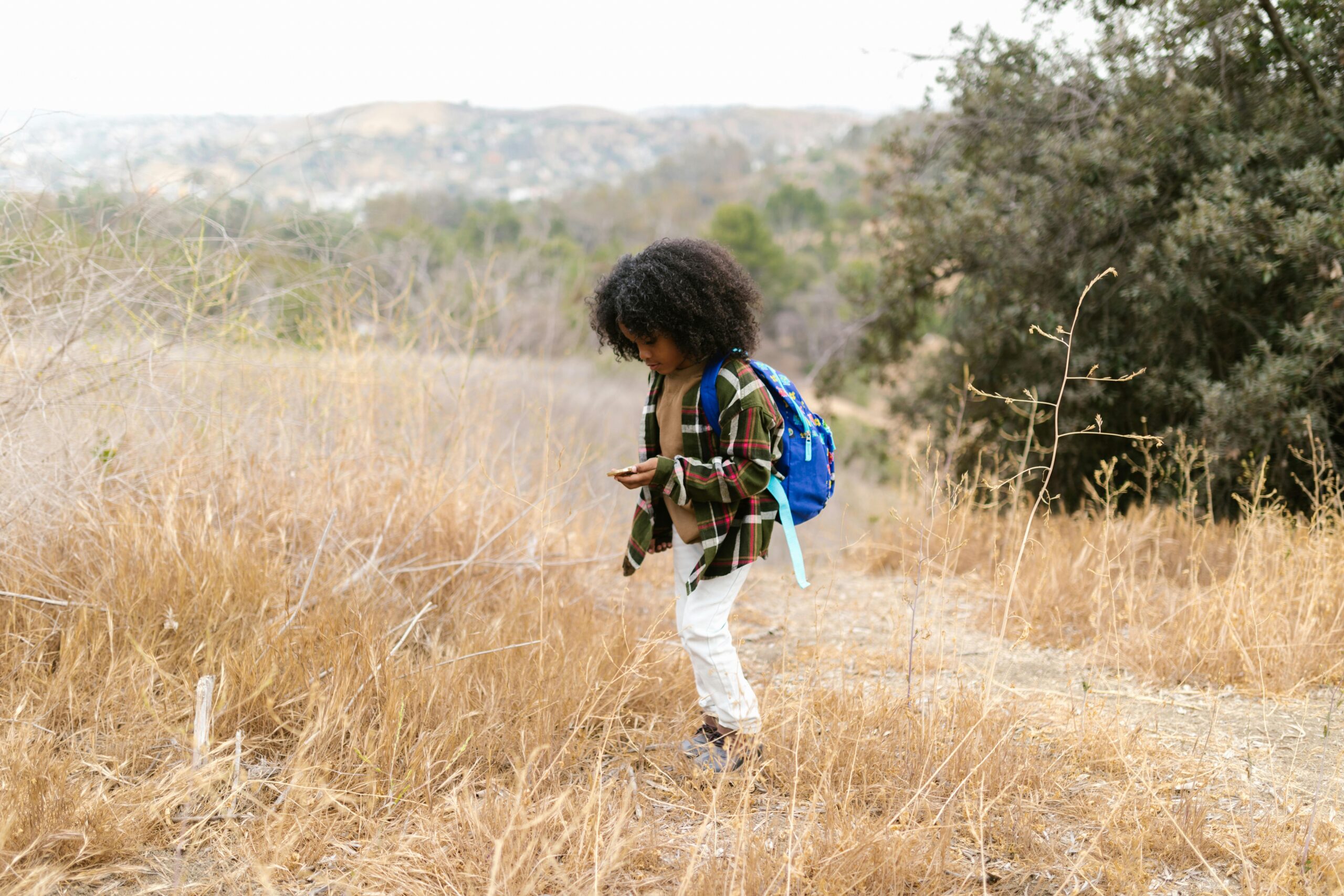For thousands of years, Indigenous communities across the world have developed deep relationships with the land, relying on plants for both healing and nourishment. Their traditional knowledge, passed down through generations, offers invaluable insights into sustainable living, natural medicine, and holistic wellness. In an era where modern science is rediscovering the benefits of plant-based healing, Indigenous wisdom provides a roadmap for using nature’s gifts responsibly.
The Deep Connection Between Indigenous People and Plants
Indigenous communities view plants not just as resources but as living relatives that provide nourishment, medicine, and spiritual guidance. Many traditional healing practices are based on reciprocity—taking only what is needed and ensuring plants are harvested with respect. This holistic approach to nature fosters sustainability and balance.
- Traditional Ecological Knowledge (TEK): Indigenous wisdom is rooted in generations of observation, adaptation, and stewardship of natural ecosystems.
- Sustainable Harvesting: Methods like selective picking and seasonal gathering ensure plant populations remain abundant for future generations.
- Spiritual Connection: Many Indigenous cultures incorporate rituals and prayers when gathering plants, expressing gratitude and ensuring ethical use.
Healing Plants in Indigenous Medicine
Indigenous communities have long used medicinal plants to treat illnesses, prevent disease, and promote overall well-being. Many of these remedies continue to be validated by modern herbal medicine and scientific research.
1. Sage (Salvia spp.) – Purification and Healing
Sage is a sacred plant widely used in smudging ceremonies to cleanse spaces, bodies, and spirits. It also possesses antibacterial and anti-inflammatory properties, making it effective for respiratory health and skin conditions.
2. Willow Bark (Salix spp.) – Nature’s Aspirin
Long before aspirin was developed, Indigenous healers used willow bark to reduce pain, inflammation, and fevers. The bark contains salicin, a compound similar to modern aspirin.
3. Yarrow (Achillea millefolium) – Wound Healing and Digestion
Yarrow has been used to stop bleeding, treat infections, and support digestive health. Indigenous warriors carried it to treat wounds in battle.
4. Cedar (Thuja spp.) – Protection and Respiratory Support
Cedar is used in steam baths and teas to cleanse the body, clear congestion, and repel negative energy. It is often burned in purification ceremonies.
5. Echinacea (Echinacea spp.) – Immune Booster
Indigenous tribes like the Lakota and Cheyenne used echinacea to treat infections, snake bites, and sore throats. Today, it is a popular immune-support herb.
Indigenous Food Systems: Nourishment from the Land
Indigenous diets are deeply connected to the land and seasonality, focusing on whole, nutrient-dense foods that provide energy and wellness. Many traditional foods have gained recognition for their health benefits and sustainability.
1. The Three Sisters: Corn, Beans, and Squash
This agricultural system, practiced by many Native American tribes, involves growing corn, beans, and squash together.
- Corn provides a natural trellis for beans.
- Beans fix nitrogen in the soil, enriching it for all three plants.
- Squash spreads across the ground, preventing weeds and retaining moisture.
2. Wild Rice (Manoomin)
Harvested by the Anishinaabe and other tribes, wild rice is a highly nutritious grain rich in protein and fiber. It is gathered sustainably using traditional techniques that preserve its natural habitat.
3. Berries – Superfoods of the Forest
Indigenous communities rely on wild berries like blueberries, chokeberries, and elderberries for their high antioxidant content, immune-boosting properties, and natural sweetness.
4. Maple Syrup – Nature’s Sweetener
For centuries, Indigenous tribes in the Northeast collected sap from maple trees to create a natural sweetener. Unlike refined sugar, maple syrup contains essential minerals like zinc and manganese.
5. Fish and Game – Ethical Hunting and Fishing
Traditional Indigenous diets incorporate fish, venison, and other wild game, hunted sustainably and used with respect to minimize waste. Many communities follow ceremonies to honor the spirit of the animal.
The Importance of Protecting Indigenous Knowledge
As interest in herbal medicine and sustainable food grows, it is crucial to respect and acknowledge the Indigenous communities who have safeguarded this knowledge. Cultural appropriation and overharvesting of medicinal plants pose threats to these traditions.
Ways to Support Indigenous Wisdom
✔ Buy from Indigenous-Owned Businesses – Support Native herbalists, farmers, and artisans.
✔ Learn from Indigenous Voices – Read books, attend workshops, and engage with Native educators.
✔ Harvest Ethically – If foraging, follow sustainable practices and avoid overharvesting sacred plants.
✔ Advocate for Land and Water Protection – Indigenous food and medicine rely on thriving ecosystems. Supporting conservation efforts helps preserve these vital resources.
Conclusion
Indigenous communities have long understood the healing power of plants and the importance of living in harmony with nature. By integrating these teachings into our daily lives, we can improve our health while fostering a deeper respect for the environment. Whether using medicinal herbs, eating seasonally, or advocating for Indigenous land rights, we all have a role in honoring and protecting this ancient wisdom.
Call to Action:
What Indigenous plant traditions or healing practices have inspired you? Share your thoughts in the comments and subscribe for more insights on traditional wellness and sustainability.




Leave a Reply